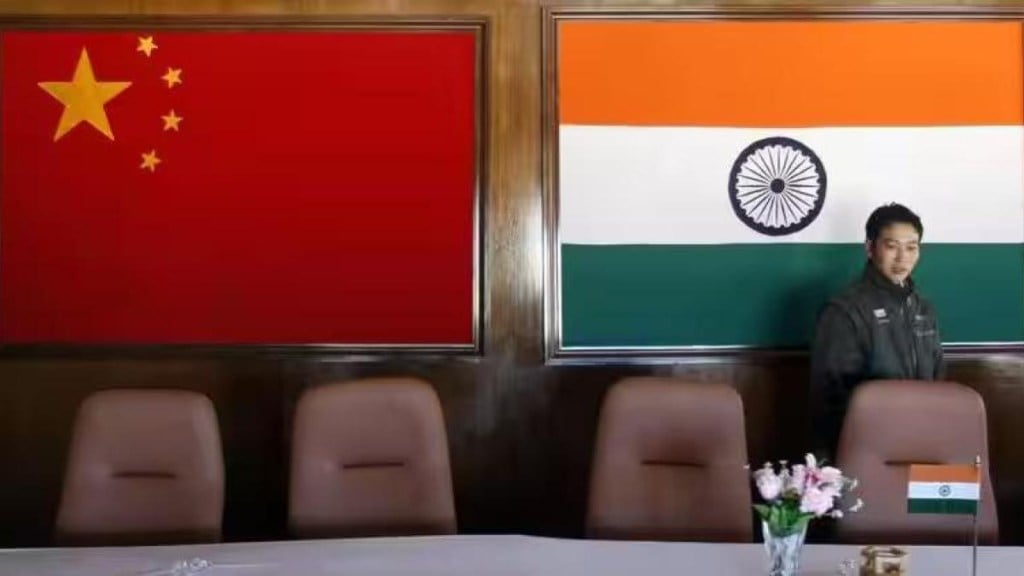China is urging India to restart direct passenger flights after a four-year suspension, but India is resisting due to ongoing tensions from a border dispute, a Reuters report quoted officials as saying. Relations between the two nations have been strained since a major military clash on their contested Himalayan border in June 2020, which resulted in the deaths of 20 Indian soldiers and at least four Chinese soldiers. Both countries have maintained significant troop mobilizations along the border since the incident.
In response to the clash, India has imposed restrictions on Chinese investments, banned numerous popular Chinese apps and halted passenger air routes, although cargo flights between the two nations continue to operate. Direct passenger flights could benefit both economies; however, the stakes are higher for China, where recovery in international travel post-COVID-19 has been slow, while India’s aviation sector is experiencing rapid growth.
Over the past year, China’s government and airlines have repeatedly requested that India’s civil aviation authorities restore direct flights, sources familiar with the matter told Reuters. One source noted that China views this as a “big issue”. In a statement last week, China’s Foreign Ministry expressed hope that India would cooperate to resume flights, emphasizing that doing so would serve both countries’ interests.
Despite this, a senior Indian official involved in bilateral developments stated that, “Unless there is peace and tranquillity on the border, the rest of the relationship cannot move forward.”
Pieter Elbers, CEO of Indigo airlines, mentioned that Indian airlines are in discussions with New Delhi, while Chinese carriers are consulting their government about resuming direct routes. The situation remains complex as both nations navigate the intersection of economic benefits and geopolitical tensions.
India’s external affairs and civil aviation ministries did not respond to requests for comment.
Beijing has repeatedly protested India’s ramped up scrutiny of Chinese businesses since 2020. Chinese smartphone giant Xiaomi told India’s government this year that “confidence building” measures were needed as component suppliers were wary about setting up in India, citing compliance and visa issues.
‘Beyond our level’
Direct India-China flights peaked in December 2019, with a total of 539 scheduled flights by the likes of IndiGo, Air India, China Southern, China Eastern, Air China and Shandong Airlines, data from aviation analytics firm Cirium shows.
Chinese carriers scheduled 371 of those flights, more than double the 168 by India’s airlines.
Flights were halted four months later as the pandemic escalated. Except for a smattering of COVID repatriation flights, they have not resumed even though India lifted COVID restrictions on international air routes a year later and China lifted all COVID travel measures in early 2023.
Travellers must now change planes either in Hong Kong, which has a separate aviation regulator and border controls from the rest of China, or in hubs like Dubai or Singapore.
This has lengthened the India-China journey from less than six hours to upwards of 10, handing business – including lucrative through traffic to the United States – to carriers like Emirates, Singapore Airlines and Cathay Pacific .
The recovery in Chinese overseas travel is lagging due to rising costs and difficulties in securing visas for the world’s top spenders on international tourism and airlines.
Indigo’s Elbers said a recent interview in Dubai, “When the time is right and the governments come to a mutual understanding of how to move forward, we’ll assess the market.”
IndiGo flies seven times a week on the Delhi-Hong Kong route, where passengers can connect to mainland China.
Air India CEO Campbell Wilson said direct India-China flights “would seem to be a huge potential market” but for now there are factors at play “beyond our level”.
(With inputs from Reuters)

